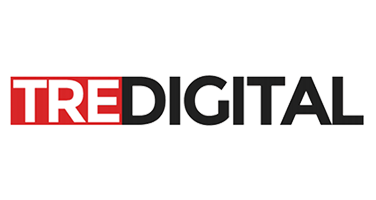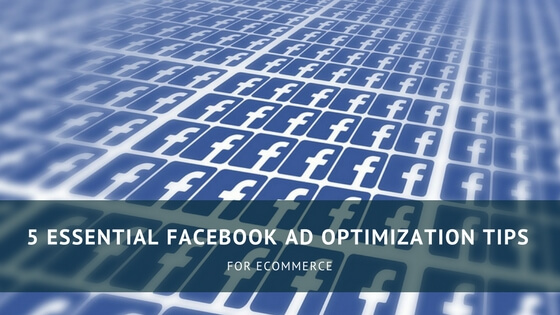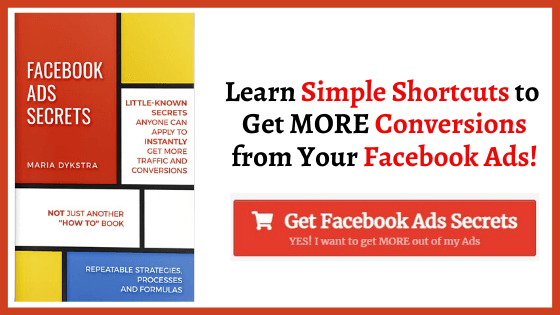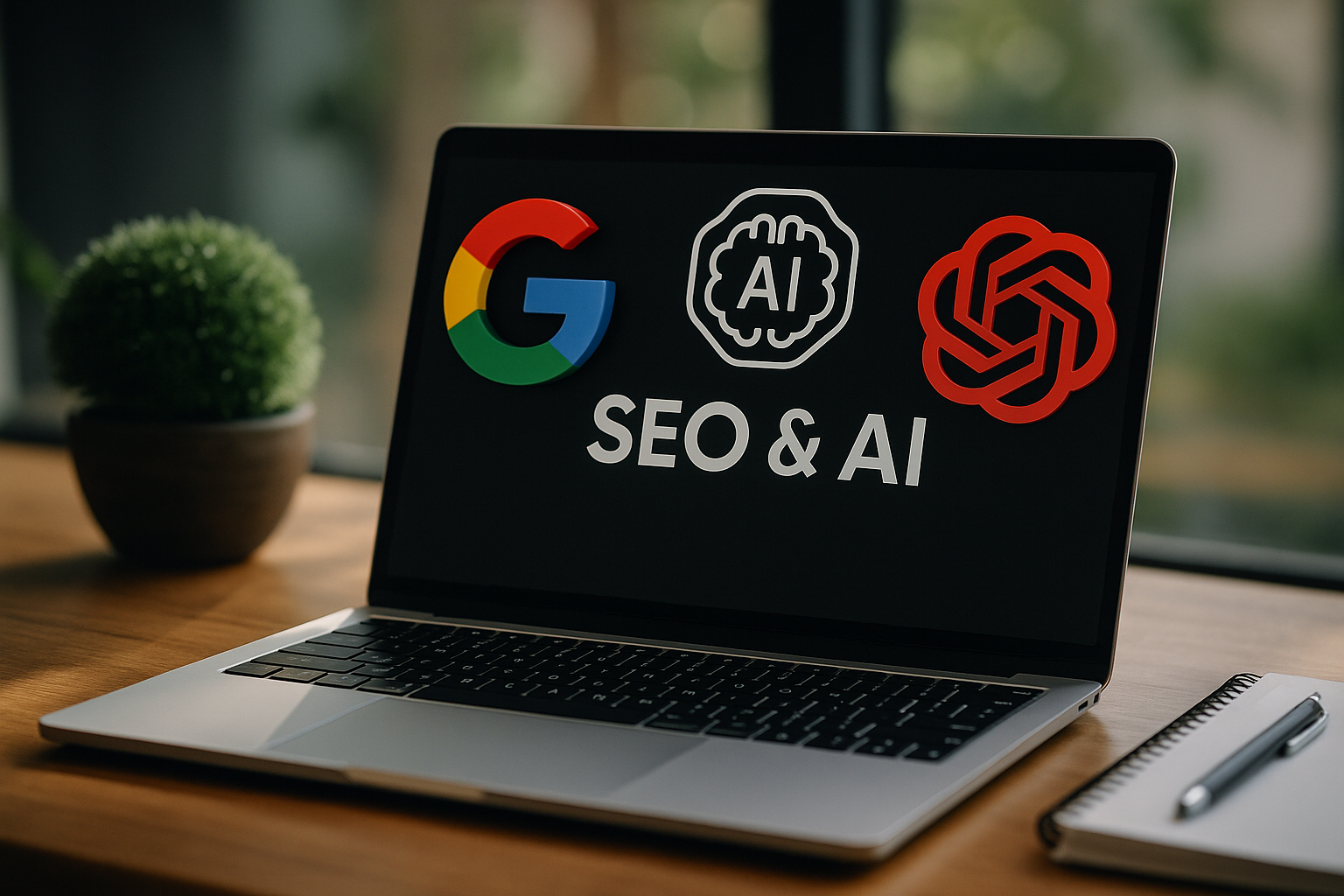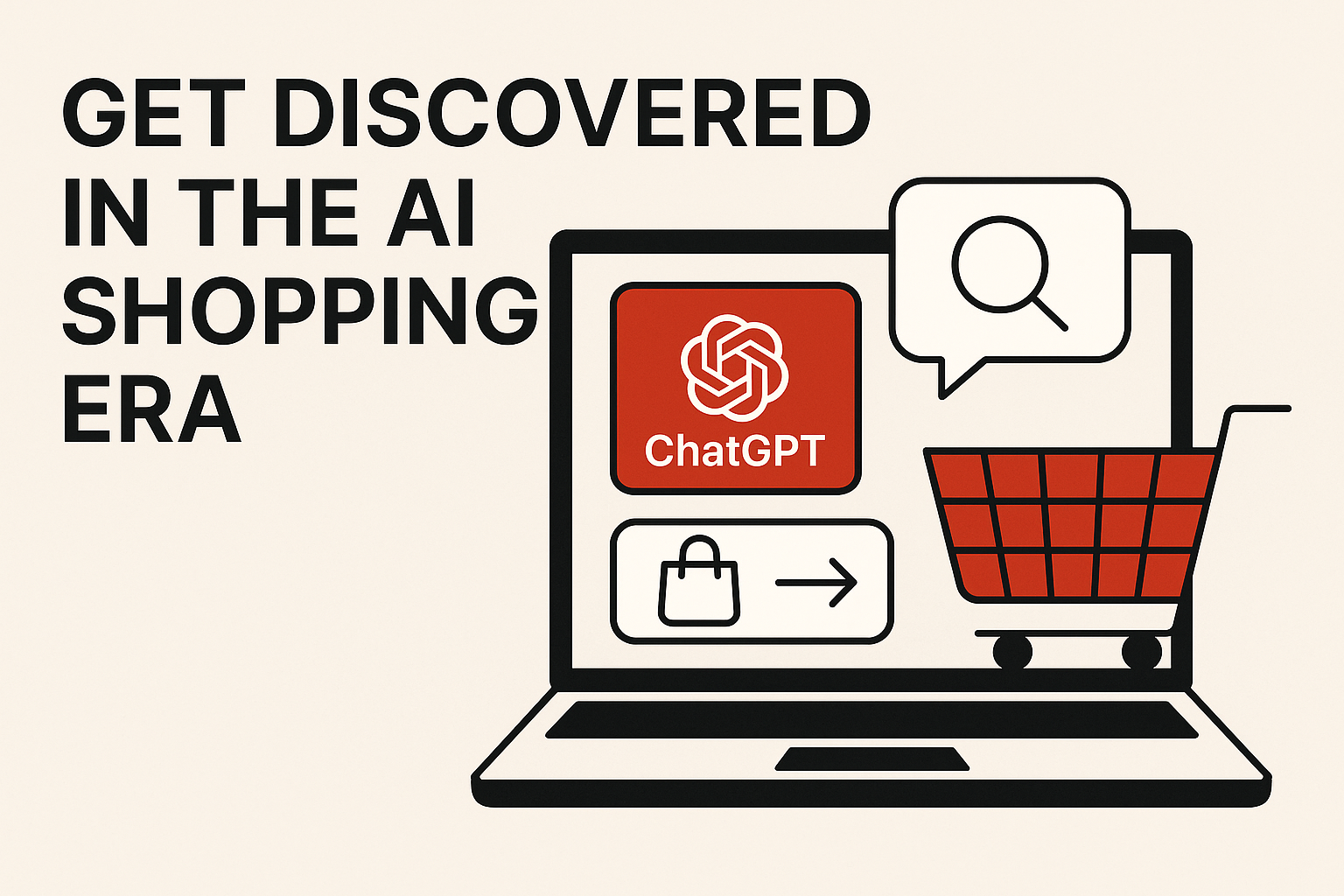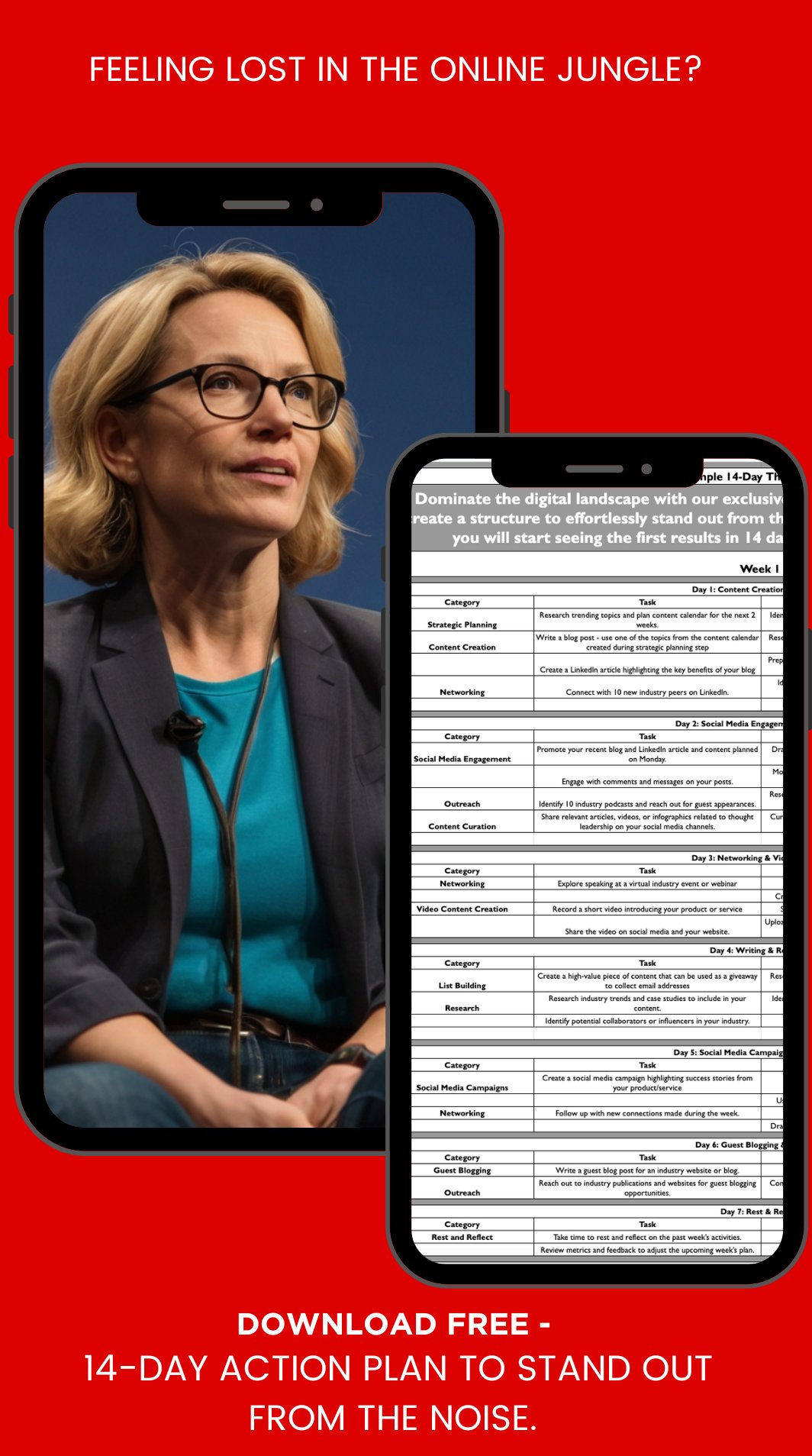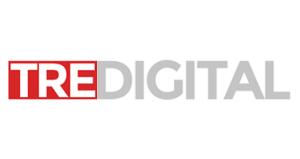Pinterest, Facebook, and Instagram continue to be some of the top traffic generating sources. These also drive many leads for the eCommerce sites.
While organic traffic can be helpful, investing in paid Facebook advertising strategies can help take your revenue to the next level.
You may already be placing ads on Facebook.
The key question you may be asking yourself is not how do I advertise on Facebook, but rather: how do I maximize my advertising budgets for a positive return on my investments?
This article walks you through 5 Essential Facebook Ad Optimization tips. By implementing these tips you will significantly improve the performance of your next Facebook Advertising Campaign.
Table of Contents
Toggle1 – Find Your Perfect Audience for Facebook Ads
Your Facebook Ad Campaign success starts with finding the right people for your products.
If you are just starting to plan your campaign or if you are looking to optimize the results of your existing ad, look at the Facebook Audience Insights.
Facebook Audience Insights is a helpful audience planning tool. It allows you to model your customers with different filters.
You can choose to look at everyone on Facebook, people connected to your page, or a custom audience.
If you are fairly new to Facebook advertising, select the “Everyone On Facebook” option. It allows you to take a broad look at audiences.

Once you have built a significant following and an email list, you can start creating custom audiences here.
Start your research by narrowing down the age, gender, location, pages, and interests.
You can discover a lot of information about the detailed interests of the audiences that may be targeting.
For example, if you are selling wellness and nutritional products, you can learn what top pages your ideal customers are engaging with.
Look for audience sizes with 200k – 1M active people. Once you find it, you have an option of saving it as a Custom Audience for future use in your ad campaigns.
Create 4-7 different custom audiences. For example, try different age ranges, different interests, or different geographies.
Always test your audiences, messages, and ideas first before you scale your ads.
2 – Choose The Right Campaign Goals (aka Facebook Ad Funnel)
Your next step is to determine the right campaign goals.
While it may be obvious to choose a conversion campaign if you are looking for traffic, it is not always the most cost-effective option.
Facebook Audiences are “cold” – they are not in an active shopping mode and, therefore, may not buy from you right away.
If you invest your entire budget into a conversion campaign, you may be paying for a lot of “window shoppers” instead of the serious buyers.
To maximize your advertising budgets, approach your Facebook ad campaign from the perspective of an ongoing customer journey.
Your initial goal is to engage your future customers and earn their trust. Only after they get to know you invite them to buy your products.
Start with a Facebook Engagement Campaign
You may already have an engaging piece of content, a video, a step-by-step guide, or an educational presentation related to your product.
Use your content to create a Post Engagement campaign.
You are not selling anything in this campaign, but rather leading your audience to the value-add content.
Once your Post Engagement campaign reaches 2,000-3,000 people you can retarget them with a Traffic or Conversion Campaign with a special limited-time offer.
Visitors who have been exposed to the messages from you before have 3-5x higher conversion rates compared to the “cold traffic”.
If you have a Pixel installed on your site, you can also create a follow-up campaign re-targeting those who visited your website.

After you run your campaigns for a month or so, start experimenting with a Lookalike audience. It will allow you to find people who are similar to those who engaged with your Facebook Page, viewed content, and purchased your products.
3- Determine the Right Bidding Strategy for your Ads
Facebook advertising is an auction-based model. The cost of your ad campaign depends on several factors such as the relevance of your ads and your ad copy. But most importantly your cost will depend on how many people are bidding on similar audiences at the same time
Facebook bidding options are becoming increasingly more complicated.
In addition to deciding whether to optimize for Conversions, Landing Page Views, and Link Clicks, you must decide on your bidding strategy.
If you are an advertising novice and do not have time to closely monitor your campaign, always go with the Lowest Cost option (formerly Automated bidding). Facebook ads are exceptionally competitive with high bid fluctuation.
If you decide to go with the Target Cost bidding (formerly Manual Bid), decide on your bidding strategy. Two of the most popular options are:
1 – Bid very high (3-5x of the suggested price) throughout your campaign.
2 – Bid right at the middle of the suggested price and gradually increase OR decrease your bid
The higher your bid, the better quality audience it attracts.
In the high bid scenario, you may end up paying more per click, but your audience may be more likely to buy your products. Therefore, your overall advertising cost per customer will be significantly lower.
If you decrease your bid at the end of the campaign, you may be capitalizing on the low-cost clicks.
Similarly, if your goal is the lowest possible cost, then the Maximum bid will achieve this objective. However, the Average bid will deliver the highest quality leads at average costs even if end up paying a bit more per initial result.
4 – Optimize Your Ad Copy For Maximum Results
Ad Copy is critically important to the success of your campaign. It can significantly impact every aspect of your campaign: from cost to engagement rates.
Catchy headlines will go a long way in attracting attention, but many other more subtle techniques will make a difference.
When you start your campaign, create at least 4-5 different versions of the copy and test how your audience reacts to each. Pay special attention to the following:
Emoticons to down the monotony of your ads. Many of the campaigns will show better engagement if you include emoticons
Watch hashtags – only include 1 or 2 if makes sense. Excessive use of hashtags frequently results in lower engagement numbers.
Adding a URL to the copy of the ad may also hurt the engagement. Consider moving it to the Call to Action instead. It will still drive traffic to your website without hurting engagement.
20% Text in images requirement is no longer a fast and hard rule. However, Facebook will charge you more if you have excessive text in images. Use the Facebook Image Checker tool to manage your text.
Once you created different versions of ads, give Facebook at least 24 hours to stabilize performance. Keep the “winning” ad while turning off the rest.
5 – Practice “Social Stacking” with your Facebook Ads
Experimenting with ads is a “must-have” for every Facebook marketer. Unfortunately, every time you make a change to your ads, you may lose the “social proof” – i.e. likes and comments associated with your ads.
Rather than restarting your campaign from scratch, you can practice the “Social Stacking” technique to keep your previous campaign performance.
Social Stacking is a method of associating your previous ads with newly created campaigns. All you need to do is copy the Ad ID from the old ad and submit it to your new ad.
To find Ad ID go to the Ad Preview section and select “Facebook Post with Comment”. Look for the last digits that appear in the URL. These are your Ad ID.
Then go to your new Ad and submit the URL under “use existing post”

Voila – you have successfully merged your old campaign with the new one. You get all of the benefits of social proof and testing.
CONCLUSION:
Facebook advertising results vary greatly by niche, product, campaign. Use these tips as an inspiration to experiment with different approaches. Adopt these tactics to your campaign and share your best practices in the comments.
Interested in further brainstorming your Facebook marketing strategy, apply for a FREE 15-minute consultation with our team.
